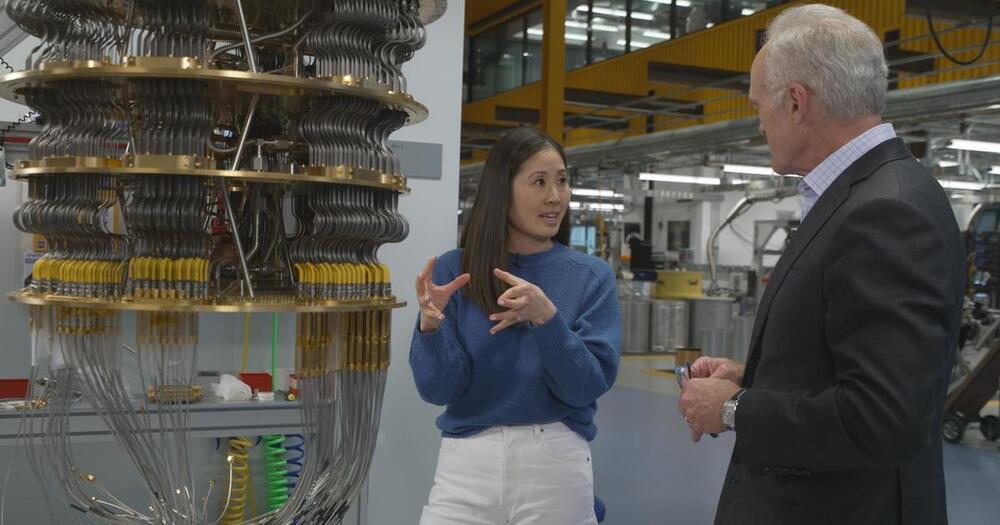Dec 6, 2023
IBM finally unveils quantum powerhouse, a 1,000+ qubit processor
Posted by Gemechu Taye in categories: biotech/medical, mathematics, quantum physics, supercomputing
With a processor that has fewer qubits, IBM has improved error correction, paving the way for the use of these processors in real life.
IBM has unveiled its much-awaited 1,000+ qubit quantum processor Condor, alongside a utility-scale processor dubbed IBM Quantum Heron at its Quantum Summit in New York. The latter is the first in the series of utility-scale quantum processors that IBM took four years to build, the company said in a press release.
Continue reading “IBM finally unveils quantum powerhouse, a 1,000+ qubit processor” »


















